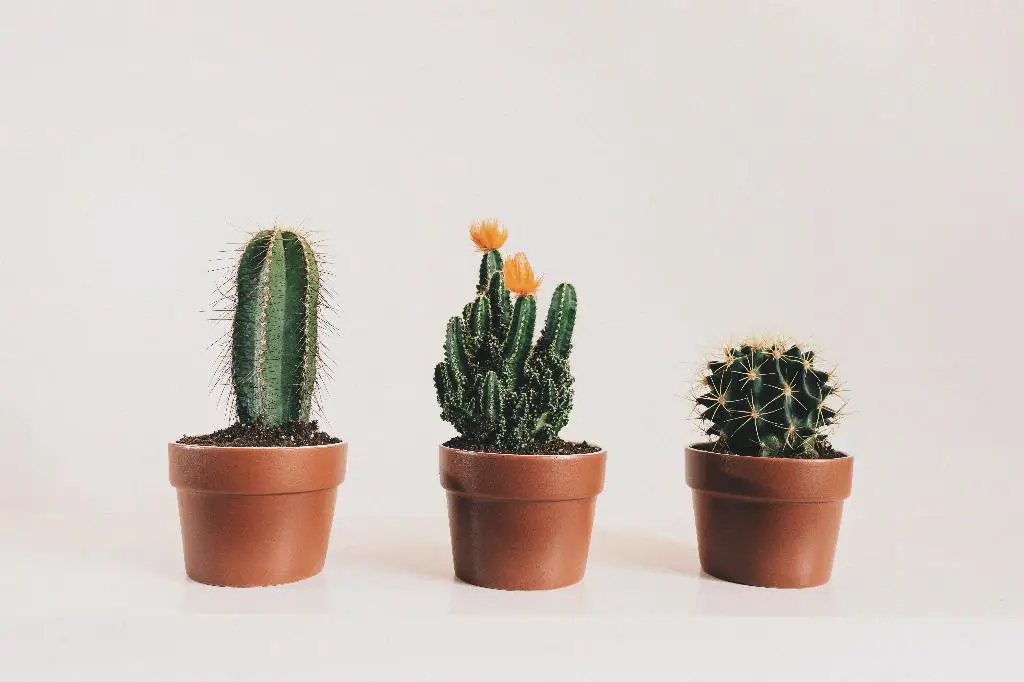There are several reasons why your cactus might be struggling to survive, and one of the most common culprits is inadequate watering. If your cactus is not receiving enough water, its soil will dry out, causing its roots to shrink and preventing the plant from absorbing the necessary moisture it needs to thrive. On the flip side, over-watering can also lead to the demise of your cactus. Excessive water can lead to root rot, a condition that deprives the plant of essential nutrients and ultimately leads to its death.
Assessing Light Exposure
Another critical factor to consider is the amount of light your cactus is receiving. Cacti are known for their love of sunlight, and without adequate exposure to natural light, your cactus may struggle to photosynthesize and grow. If your cactus is kept in a dimly lit room or area, it may become weak and eventually perish. Assess the light conditions in which your cactus is situated and consider moving it to a sunnier spot if necessary.
Soil Quality and Drainage
The type of soil in which your cactus is planted can also greatly impact its health. Cacti require well-draining soil to prevent waterlogging, which can lead to root rot. If your cactus is planted in soil that retains too much moisture, it may struggle to survive. Consider repotting your cactus in a well-draining cactus mix to ensure proper drainage and prevent water-related issues.
Temperature Considerations
Temperature fluctuations can also play a role in the health of your cactus. While cacti are known for their ability to tolerate extreme heat and dry conditions, they can be sensitive to sudden drops in temperature. If your cactus is exposed to cold drafts or drastic temperature changes, it may become stressed and vulnerable to diseases. Ensure that your cactus is kept in a stable, warm environment to promote its well-being.
Pest Infestations
One often overlooked factor that can contribute to the decline of a cactus is pest infestations. Common pests such as mealybugs, spider mites, and scale insects can wreak havoc on your cactus by feeding on its sap and weakening its overall health. Inspect your cactus regularly for any signs of pests, such as webbing or sticky residue, and take appropriate measures to address the infestation before it causes irreparable damage.

Proper Care and Maintenance
Lastly, it’s essential to ensure that your cactus is receiving proper care and maintenance to thrive. Regularly check the moisture level of the soil and adjust your watering schedule accordingly. Avoid overfeeding your cactus with fertilizers, as this can lead to nutrient imbalances and harm the plant. Trim any dead or yellowing parts of the cactus to promote healthy growth and prevent the spread of diseases. By providing your cactus with the right care and attention, you can help it flourish and thrive for years to come.
